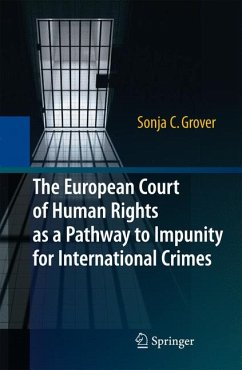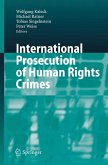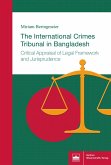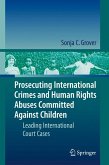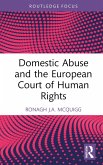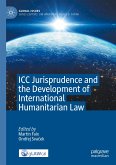Dieser Download kann aus rechtlichen Gründen nur mit Rechnungsadresse in A, B, BG, CY, CZ, D, DK, EW, E, FIN, F, GR, HR, H, IRL, I, LT, L, LR, M, NL, PL, P, R, S, SLO, SK ausgeliefert werden.
"... hier vorliegenden Monographie anerkennt diesen Umstand, unterzieht die Judikatur des EGMR jedoch einer kritischen Betrachtung. ... Die Autorin übt schwerwiegende Kritik an der Judikatur des EGMR, begründet ihre Aussagen jedoch stichhaltig anhand zahlreicher konkreter Fälle, deren Inhalt sie ausführlich wiedergibt. Insgesamt ist eine derartige Betrachtung des europäischen Systems "von außen" durchaus wünschenswert, da auf diesem Weg unter Umständen leichter über die positiven Effekte und Errungenschaften des EGMR hinausgeblickt und zu einer konstruktiven Fortentwicklung des internationalen Menschenrechtsschutzes beigetragen werden kann." (Petra Pann, in: NLMR Newsletter Menschenrechte, 2010, Issue 5, S. 327)

